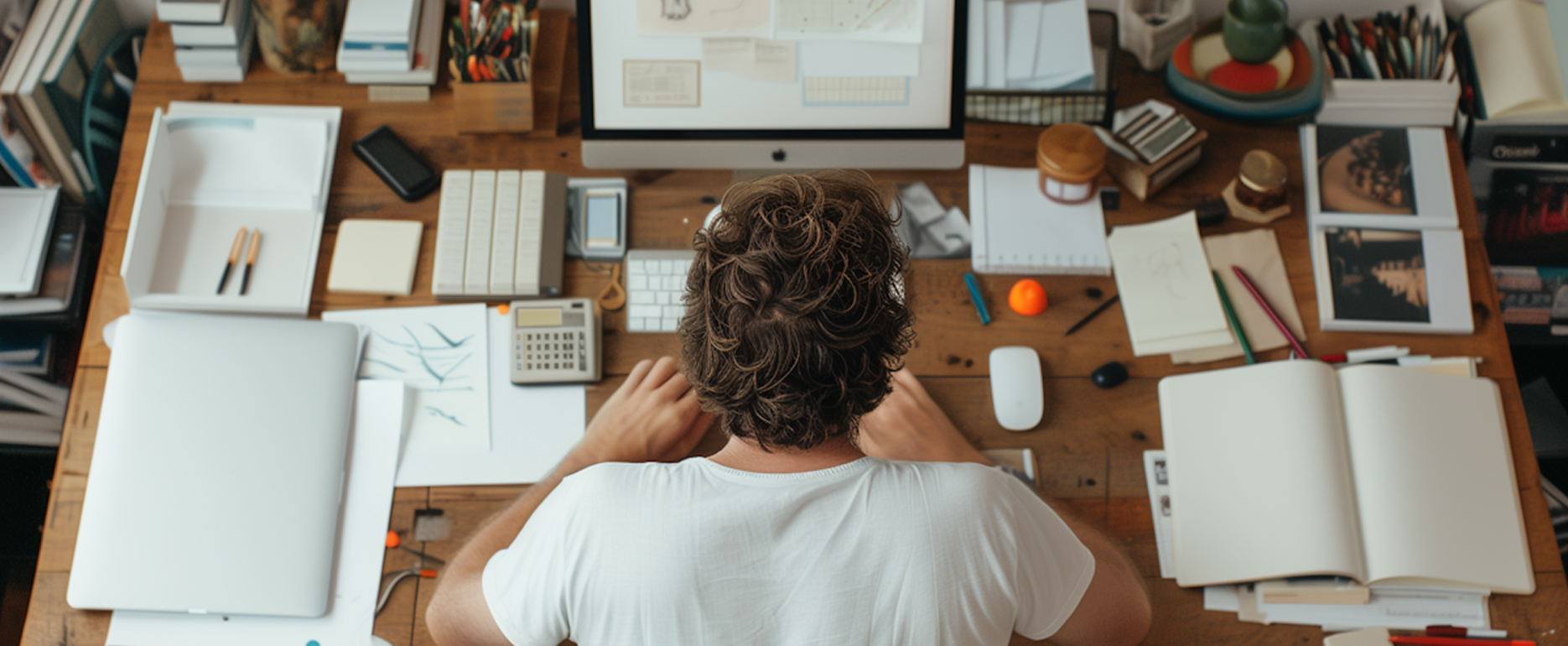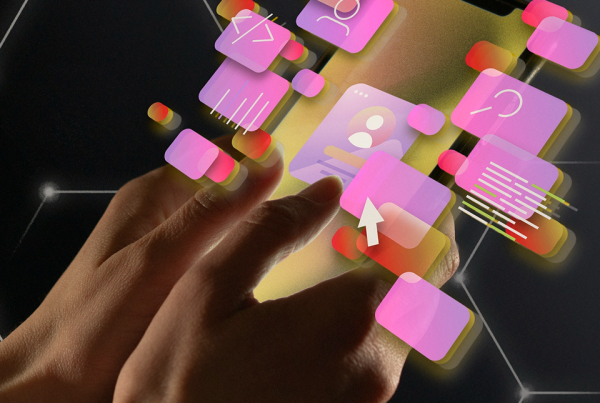
Every product you love, whether it’s a sleek app, a memorable website, or a beautifully packaged brand, has one thing in common: design that feels effortless. Behind that simplicity lies a web of skill, intent, and mastery. The line between art and logic is thinner than ever. What sets an expert designer apart from the rest can be more than just talent. They are a heap of technical ability, critical thinking, empathy, and so much more. Therefore, you know that to rise in this space, you need more than just creativity. You need a human-centred approach and a hunger to stay ahead of trends.
So, what are the must-have skills that define today’s top-tier designers? Let’s break them down one by one.
1. User-Centred Research & Insight-Driven Design
Understanding people remains foundational. Expert designers go beyond surveys and personas—they dive into usability testing, ethnographic interviews, A/B experiments, heatmaps, and analytics to guide design decisions. This deep research creates empathy-powered solutions rather than guesswork. Modern researchers are expected to pull insights not just from interviews, but from real behavioural patterns and quantified user data.
2. Prototyping & Interaction Design Flow
Wireframing, rapid prototyping, and microinteraction design turn ideas into usable experiences. Experts map user paths, build interactive flows, and iterate quickly using tools like Figma, Framer, ProtoPie, or Adobe XD. Considerations include touch gestures, motion feedback, and seamless transitions, making the experience intuitive and emotionally resonant.
3. Visual Design, Colour & Typography Mastery
Design systems go beyond components to reflect brand voice. Expert designers craft visual hierarchy, accessible colour palettes, smart typography, and consistent iconography. Whether scaling a multi-platform product or creating a pitch deck, an innate sense of visual rhythm and clarity is critical
4. Accessibility & Inclusive Design
Designing for every user is essential. Accessibility today encompasses cognitive, sensory, and motor inclusivity. Experts work with WCAG 2.1+ guidelines, semantic HTML, keyboard navigation, alt text, and cognitive-friendly interfaces. Responsibly designed products meet both legal expectations and social values.
5. AI Literacy & Ethical Use of Emerging Tools
AI tools are redefining workflows and interface behaviour in 2025. Expert designers know how to use generative features in Figma, Adobe Sensei, or Uizard for ideation and iteration, but also understand ethical implications, bias mitigation, transparency, and user trust. They design AI experiences that feel intuitive, explainable, and safe.
6. Motion Design & Animated Storytelling
Motion is a narrative device. Experts use Lottie, After Effects, or in‑tool animation to guide attention, express brand energy, and clarify feedback (success states, loading states). Proper timing and subtlety turn motion into trust-building micro-moments that elevate usability.
7. Interaction Patterns & Information Architecture
Great design thrives on structure. Expert designers craft intuitive navigation, mental models, and consistent UI patterns. They build robust design systems and libraries, and collaborate with developers using atomic design principles. A well-thought-out information architecture ensures clarity and scalability.
8. Strategic Thinking & Data-Driven Problem Solving
Design should drive outcomes: conversion, retention, clarity, and satisfaction. Experts can define success metrics, prioritise problems, and iterate using data visualisation and A/B testing. They connect user journeys to business goals and adapt interfaces based on user analytics.
9. Collaboration, Communication & Continuous Adaptability
Design experts integrate empathy at the team level. They articulate design reasoning, present to stakeholders, facilitate workshops, and partner with developers using tools like Git or Storybook. They embrace feedback, stay curious, and adapt their workflow as tools change. Soft skills like empathy, critical thinking, and continuous learning are now non-negotiable.
Conclusion
Mastering these dimensions is what can take a designer from capable to exceptional. Expert designers understand the psychology of users, the power of layout, and the art of solving real problems. You do have to be perfect in each area, but weaving them all together thoughtfully to design your masterpiece! For businesses looking for a polished design with both soft and hard skills, Dot&Beyond is only a few clicks away. We combine design strategy, visual finesse, and interaction to build experiences that stand out. If you’re ready to craft design systems that reflect depth, empathy, and creativity, let’s connect.




sdasdas
ssasaas
asddadasda